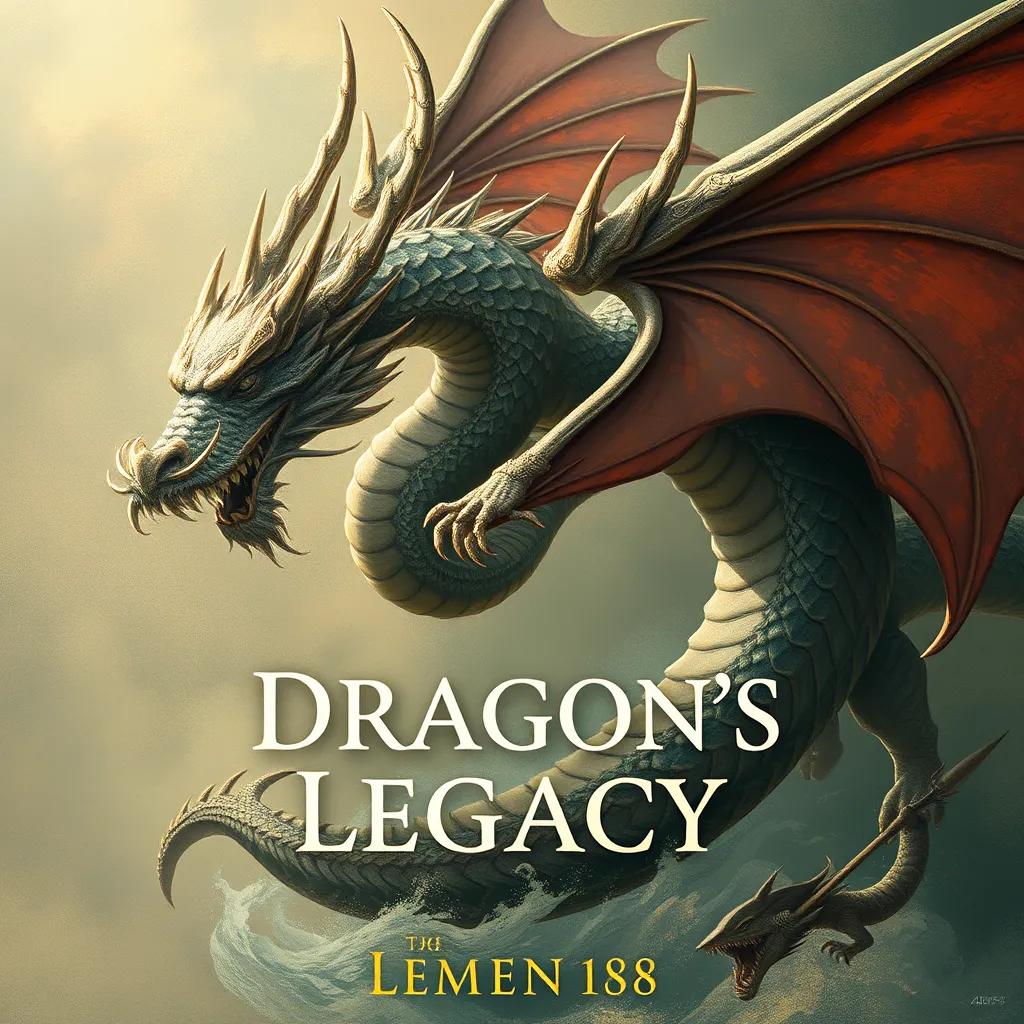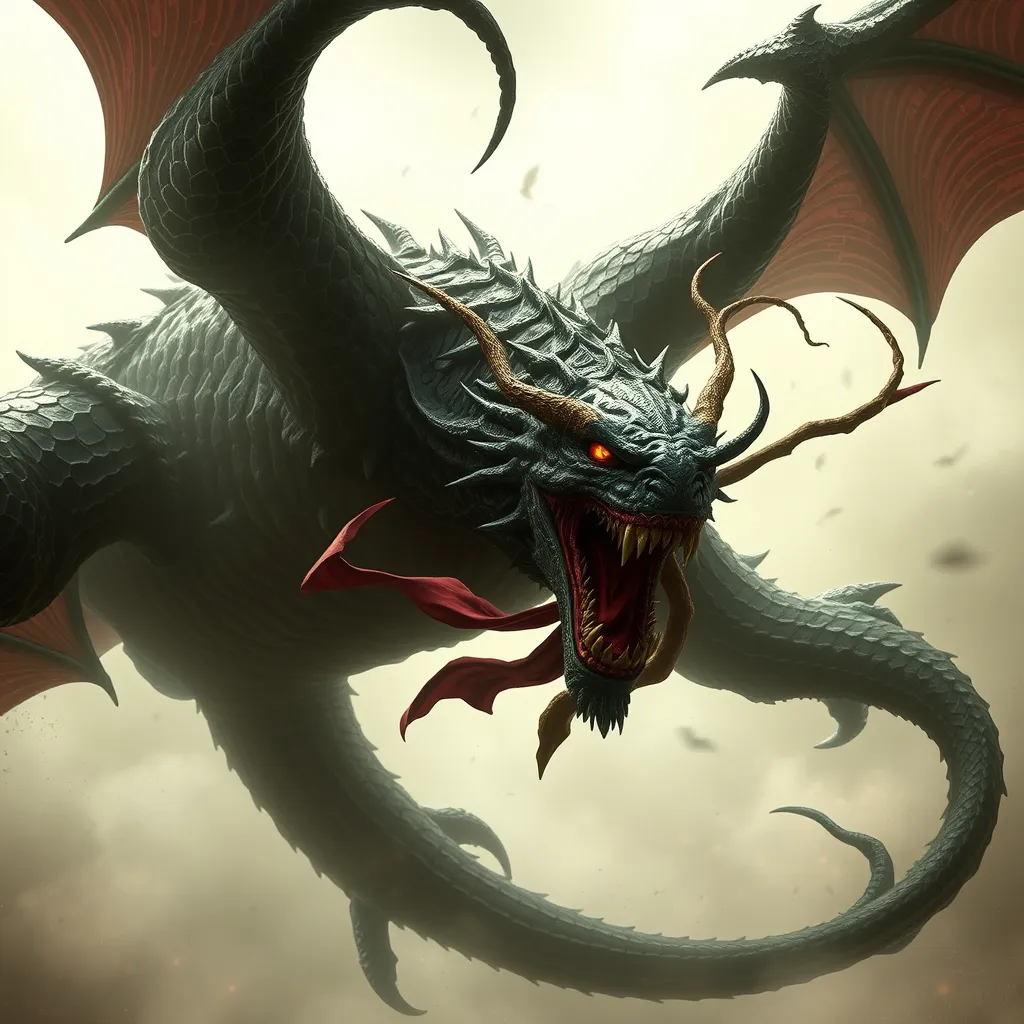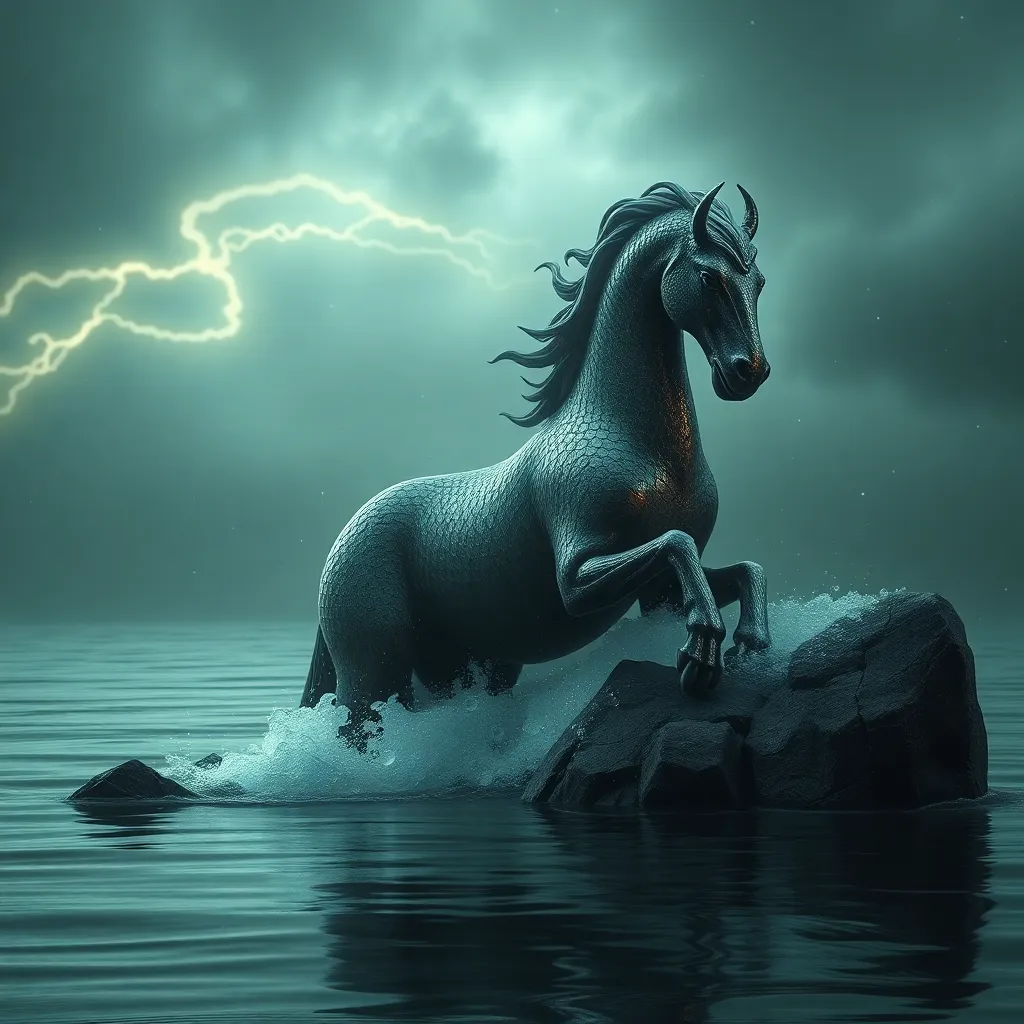The Dragon’s Legacy: The Enduring Influence of Dragons in Art, Literature, and Popular Culture
I. Introduction
Dragons are mythical creatures that have captivated human imagination for centuries. Defined as large, serpent-like creatures, dragons hold significant cultural meanings across various societies. From ancient civilizations to modern pop culture, the dragon often symbolizes power, wisdom, and chaos. This article explores the enduring influence of dragons in art, literature, and popular culture, highlighting their multifaceted roles and the lasting impact they have had on creative expressions.
Throughout history, the dragon has served as a powerful symbol, embodying both revered and feared qualities. This thesis statement underscores the central idea of the article: the dragon symbolizes power, wisdom, and chaos, leaving a lasting impact across creative expressions.
II. Historical Origins of Dragons
The origins of dragon myths can be traced back to several ancient civilizations, each contributing to the rich tapestry of dragon lore.
- Mesopotamia: The earliest dragon depictions can be found in Mesopotamian mythology, where dragons such as Tiamat represented chaos and primordial creation.
- China: In Chinese culture, dragons are revered as symbols of strength and good fortune, often associated with water and rainfall.
- Greece: Greek mythology features dragons as guardians of treasures and knowledge, such as the dragon Ladon who guarded the golden apples.
As dragons evolved through different cultures, their imagery and symbolism transformed. In some societies, dragons became protectors, while in others, they were seen as malevolent forces to be conquered. The role of dragons in mythology and folklore varies widely, reflecting the values and fears of the cultures that produced them.
III. Dragons in Art: From Ancient to Modern
Dragons have been depicted in art for millennia, showcasing their importance in various artistic traditions.
- Ancient Art: Dragons appear in ancient sculptures, pottery, and tapestries, often as symbols of power and supernatural forces. For instance, the Ishtar Gate of Babylon features intricate dragon reliefs.
- Renaissance and Baroque Art: The resurgence of interest in classical themes during the Renaissance saw dragons reimagined in the works of artists like Albrecht Dürer and Peter Paul Rubens, often portrayed in dramatic and dynamic poses.
- Contemporary Art: Today, modern artists reinterpret dragons through various media, incorporating them into street art, digital illustrations, and installations, reflecting contemporary themes and issues.
IV. The Role of Dragons in Literature
Literature has long embraced the dragon as a potent symbol, with its presence in both classic and modern works.
- Classic Literature: In texts like Beowulf and The Hobbit, dragons serve as formidable adversaries, embodying the struggle between good and evil.
- Symbolic Meanings: Dragons often symbolize chaos, greed, and destruction, but they can also represent wisdom and guardianship, depending on the narrative context.
- Modern Fantasy Literature: The evolution of the dragon archetype can be seen in contemporary fantasy literature, with authors like J.K. Rowling and George R.R. Martin offering complex dragon characters that challenge traditional perceptions.
V. Dragons in Film and Television
Dragons have become iconic representations in film and television, capturing the imagination of audiences worldwide.
- Iconic Film Representations: Movies such as Dragonheart and How to Train Your Dragon present dragons as characters with depth, exploring themes of friendship, loyalty, and identity.
- Animated Series: Dragons have significantly influenced popular animated series, becoming central characters that engage viewers of all ages.
- Television Shows: In series like Game of Thrones, dragons symbolize power and destruction, serving as pivotal elements in the narrative and world-building.
VI. The Influence of Dragons in Video Games
In the realm of video games, dragons play a crucial role, often representing the pinnacle of challenges and storytelling.
- Iconic Dragons: Games like Dungeons & Dragons and Skyrim feature dragons as central elements, offering players rich lore and immersive experiences.
- Symbols of Power: Dragons frequently symbolize power and antagonism in gameplay, serving as formidable foes that players must overcome.
- Interactive Storytelling: The engagement with dragon lore enhances player immersion, allowing for interactive storytelling that deepens the connection to the game world.
VII. The Cultural Impact of Dragons in Merchandise and Fandom
The fascination with dragons extends beyond traditional media into merchandise and fandom communities.
- Collectibles and Merchandise: The rise of dragon-themed collectibles, toys, and apparel reflects their popularity, with fans eager to own a piece of their favorite dragon lore.
- Fandom Communities: Conventions and online forums dedicated to dragons foster communities where fans share art, stories, and cosplay, celebrating their love for these mythical creatures.
- Fashion and Lifestyle Brands: Dragons have influenced fashion, with clothing lines and lifestyle products featuring dragon motifs, appealing to a diverse range of consumers.
VIII. Conclusion
In conclusion, the legacy of dragons is a testament to their enduring significance across various domains, from ancient art to modern pop culture. Their multifaceted representations continue to captivate audiences, reflecting our fascination with power, chaos, and wisdom. As we move forward, dragons will likely remain a central theme in creative expressions, evolving yet retaining their core symbolism. The ongoing fascination with dragons ensures that they will continue to inspire art, literature, and popular culture for generations to come.



